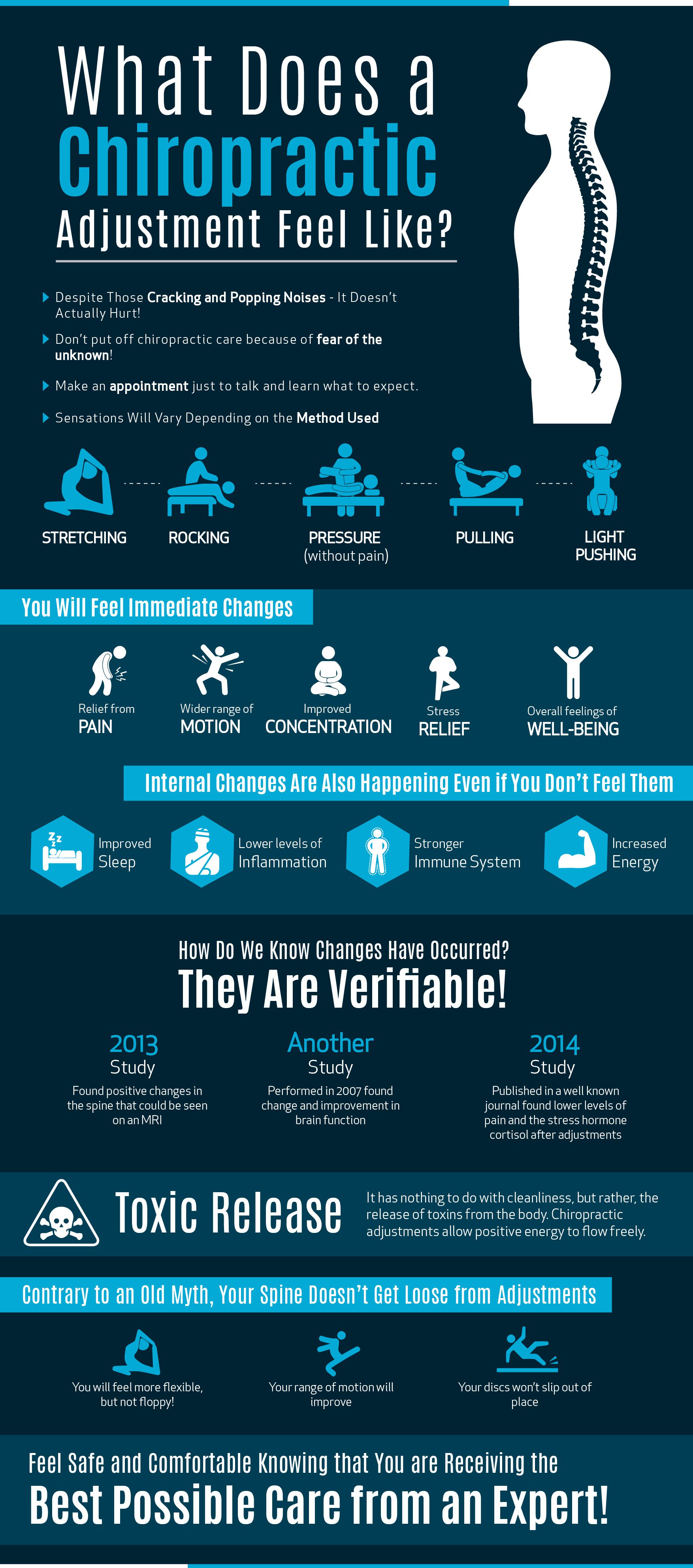Maintaining proper position isn't practically staying up directly; it's about straightening your body in a way that sustains your spine and reduces the risk of neck and back pain. The way you rest, stand, and move throughout the day can considerably affect your back health. However how specifically can chi gong near me make certain great alignment continually, even throughout active days filled with various tasks? Let's dig deeper right into the refined yet impactful changes you can make to your everyday regimen to maintain your back delighted and healthy and balanced.
Importance of Proper Posture
Appropriate posture is critical in keeping a healthy back and avoiding discomfort. When you rest or stand with great position, your back remains in positioning, lowering stress on your muscle mass, ligaments, and joints. This positioning allows the body to disperse weight equally, protecting against excessive anxiety on certain locations that can cause discomfort and pain. By keeping your spine correctly straightened, you can additionally boost your breathing and digestion, as slouching can compress organs and restrict their performance.
Furthermore, preserving excellent stance can boost your general look and self-esteem. When you stand tall with your shoulders back and head held high, you show self-confidence and show up even more friendly. Excellent pose can likewise make you really feel a lot more energized and alert, as it advertises appropriate blood circulation and permits your muscles to function effectively.
Including proper stance right into your day-to-day regimen, whether resting at a desk, strolling, or exercising, is necessary for avoiding neck and back pain and advertising overall wellness. Remember, a tiny change in exactly how you hold on your own can make a considerable distinction in how you really feel and work throughout the day.
Common Postural Mistakes
When it involves preserving excellent pose, lots of individuals unwittingly make typical blunders that can contribute to pain in the back and discomfort. Among the most widespread errors is slumping over or hunching over while resting or standing. This placement places extreme strain on the back and can result in muscle imbalances and pain in the future.
One more common blunder is overarching the lower back, which can flatten the natural curve of the spinal column and trigger discomfort. Additionally, crossing legs while sitting might really feel comfortable, however it can produce an inequality in the hips and hips, resulting in postural concerns.
Utilizing a cushion that's also soft or as well strong while sleeping can additionally impact your placement and contribute to pain in the back. Lastly, continuously craning your neck to check out displays or adjusting your setting often can strain the neck and shoulders. Being mindful of these common postural mistakes can aid you keep far better positioning and minimize the threat of pain in the back.
Tips for Correcting Positioning
To boost your placement and decrease neck and back pain, it's essential to concentrate on making small changes throughout your everyday regimen. Beginning by being mindful of your position. When sitting, ensure your feet are level on the floor, your back is straight, and your shoulders are unwinded. Stay clear of slouching or leaning to one side. Use ergonomic chairs or paddings to sustain your lower back.
When standing, distribute your weight equally on both feet, maintain your knees somewhat curved, and embed your pelvis. Engage your core muscles to sustain your spine. Take breaks to extend and walk if you have a less active task. Integrate exercises that enhance your core and back muscle mass, such as planks or bridges.
While resting, utilize a pillow that supports the natural curve of your neck to keep appropriate spinal positioning. Avoid sleeping on look at more info , as it can stress your neck and back. By being mindful of these pointers and making small changes, you can gradually fix your placement and ease pain in the back.
Final thought
Keep in mind, keeping great pose is key to stop pain in the back and promoting spinal health and wellness. By being mindful of your positioning, distributing weight evenly, and involving your core muscle mass, you can minimize pressure on your back and lessen the risk of pain and injury. Integrate ergonomic assistance, take regular breaks to stretch, and enhance your core and back muscular tissues to keep correct placement throughout the day. Your back will thanks for it!
